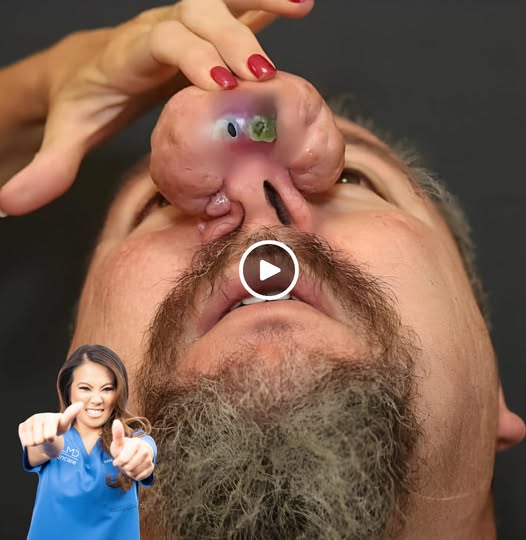What causes a sebaceous cyst?
Sebaceous cysts are formed within the sebaceous gland, which is the gland which produces sebum. These cysts develop when the hair follicles become clogged due to a build up of sebum or keratin. These cysts can also be formed from pimples or as a result of trauma to the sebaceous glands. Individuals with a genetic predisposition such as steatocystoma multiplex, Gardner’s syndrome or Basal Cell Nevus Syndrome are also prone to developing sebaceous cysts.
How do you diagnose a sebaceous cyst?
A diagnosis of a sebaceous cyst can be determined by a physical examination of the nodule by a dermatologist, family physician or other healthcare provider. There are occasions when additional testing is required to make a definitive diagnosis of a cyst, since it can sometimes be mistaken for a different type of skin tumor.
Common tests used to diagnosis a sebaceous cyst include:
- Cat scan – This test is performed to rule out other abnormalities or cancer.
- Ultrasound – This test is performed to establish the contents of the cyst and depth of inflammation.
- Punch biopsy – This test is performed to identify the histology of the cyst.
- Culture and Sensitivity – This exam is performed to determine the type of bacteria responsible for the infection and the best antibiotic to treat the infection.
Blackhead extractions can be done safely at home if you’re careful, clean, and gentle—but improper technique can lead to irritation or scarring. Here’s how to do it step-by-step:
✅ Tools You’ll Need:
-
Clean hands
-
Gentle face cleanser
-
Warm water or a facial steamer
-
Soft towel
-
Extraction tool (optional) or tissue-wrapped fingers
-
Toner or witch hazel
-
Non-comedogenic moisturizer
🧼 Step-by-Step Guide:
1. Cleanse Your Face Thoroughly
Wash with a gentle cleanser to remove makeup, dirt, and oils.
2. Steam to Open Pores
Use a warm towel on your face for 5–10 minutes or steam over a bowl of hot water (tent a towel over your head). This softens the blackheads and opens pores.
3. Disinfect Your Tools (or Hands)
If using an extractor tool, sanitize it with alcohol. Wash your hands thoroughly and wrap fingers with clean tissue if not using tools.
4. Perform the Extraction
-
Gently press around the blackhead. Use tissue-wrapped fingers or a loop extractor.
-
Don’t press too hard—if it doesn’t come out easily, leave it.
-
Wipe the area with toner or antiseptic afterward.
5. Apply Toner or Witch Hazel
This helps tighten pores and calm the skin.
6. Moisturize
Use a non-comedogenic moisturizer to keep skin balanced.
⚠️ Important Tips:
-
Don’t dig or force anything out—this can scar your skin.
-
Never use your nails.
-
Limit extractions to once a week max.
-
Consider seeing an esthetician for professional extractions if you’re unsure.
-

Leave a Reply